For a lot of today's students, learning to code is both essential and accessible. With many age-appropriate educational coding tools available, helping students see the various possibilities, benefits, and enjoyment they'll all get from robotics and coding education is easier than ever. The benefits of learning coding skills are extensive, and, even if they don't go on to pursue one of the top STEM careers, students will certainly develop relevant skills as byproducts of coding experiences. And, in using some of the best coding robots, educators can create these types of opportunities for lifelong learning at any grade level.
Bee-Bot Robot from Terrapin
Coding education isn't only for older kids. With concerns about too much technology in early education and how it may negatively impact children, many early education instructors are hesitant about introducing students to coding too soon. While this concern is reasonable, many early education coding tools—like the Bee-Bot—offer screen-free learning that still prepares kids to use more traditional coding interfaces down the road. With the right approach and technologies, coding for kindergarteners isn't something to fear. In fact, it's a fantastic opportunity to incorporate creativity, logical thinking, and sensory development in their early learning. To this end, the Bee-Bot is perfect for Pre-K, kindergarten, and early elementary students.
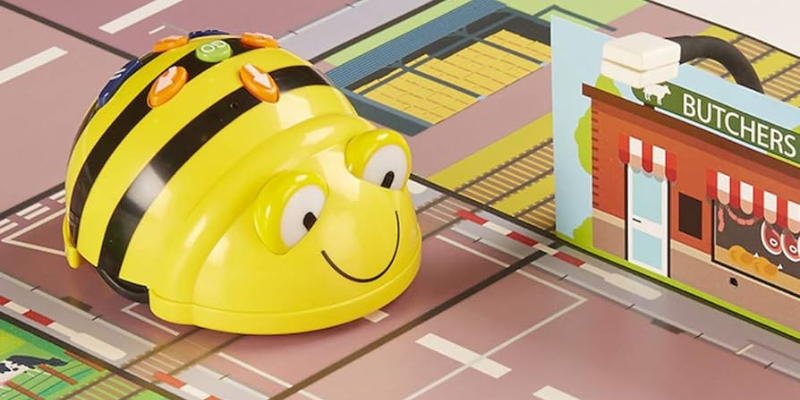
Unplugged coding and robotics in early education.
Students can use the Bee-Bot in tons of different screen-free coding activities and many classroom coding projects. They simply need a big enough area (perhaps five square feet) and they can get right to work. The Bee-Bot Card Mat helps simplify this process, especially for younger kids. It's a 3-foot-by-3-foot vinyl grid that comes with a clear plastic sheet. This helps children visualize how the Bee-Bot moves and think about how to make it travel from one square to another.
The Terrapin team also recently released new mats that depict fun, inviting environments, like a baseball field or a country road, over which their Bee-Bot's can travel. Using these mats, even young children can think like a programmer and design a creative solution to get the Bee-Bot from one place to another. How do they create those solutions? Using the tactile directional buttons on the Bee-Bot's backside, they can build simplistic programs completely screen-free.
The best coding lessons for the Bee-Bot robot.
As for ECE-specific STEM lessons, teachers can use the Bee-Bot in many unique classroom experiences. Additional Bee-Bot accessories might include the Consonant-Vowel-Consonant (CVC) Cards, Alphabet Cards, and Bee-Bot Command Cards. Teachers could place the cards under the plastic sheet of the Card Mat, for example, to help kids associate programming with words they recognize. A common kindergarten coding lesson is challenging children to get the Bee-Bot over to the pig image. 'Pig' is a CVC word as well, which helps them build up familiarity and confidence in reading and phonics simultaneously. To learn more about the Bee-Bot Robot, Bee-Bot Classroom Set, and accessories, visit our store.
Why the Ozobot Evo is One of the Best Coding Robots
Like the Bee-Bot, the Ozobot Evo offers screen-free coding options for slightly older students. They could program the Ozobot Evo using block-based coding or a unique method of tactile programming. This fun, educational robotics solution can precisely navigate paths and mazes students create with black, blue, red, or green markers. Depending on the shade of the line, the Evo’s lights illuminate to correspond to the color that's beneath it. As it travels, the Evo can read and responds to color codes—groups of three to five blue, red, green, or black dots that each contain a unique message. As it encounters color codes within its path, it completes specific outputs, like speeding up, slowing down, spinning, or turning.
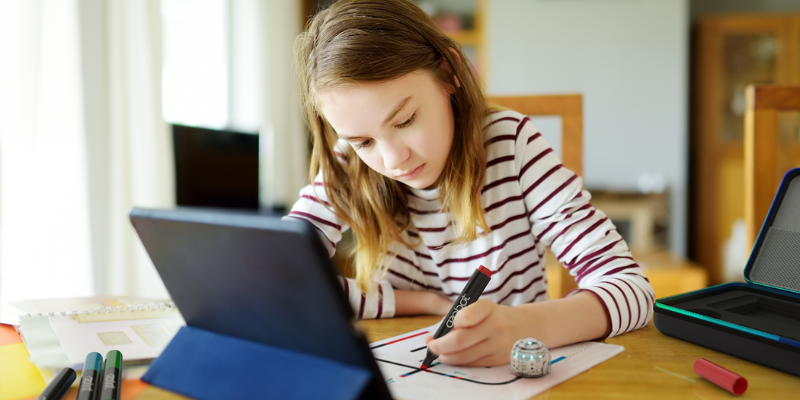
Versatility and the OzoBlockly coding platform.
Its extensive screen-free and digital programming opportunities also make the Ozobot Evo one of the best coding robots. Children receive immediate feedback on programs as their Evo's lights flash after detecting the color codes, which shows that their program worked correctly. Beyond these features, Ozobot's online resources also provide children with a comprehensive learning experience. Their OzoBlockly editor, a free online platform for block coding, allows children to control the Evo's movements, light effects, sounds, and more. Teachers can also use the in-depth Ozobot Classroom software to achieve various impactful coding outcomes. With a number of areas, including STEAM lesson plans for teachers, Ozobot PD resources, the robot assignment features, and more, this LMS really helps simplify coding education.
One of the best classroom robots and apps.
Whether using the Ozobot Evo individually or collaboratively, students have plenty of opportunities to learn about key programming concepts. The Evo's also very quiet and smooth, unlocking hassle-free coding for kids with experience and those new to computer science. Its OzoBlockly environment is compatible with a long list of iOS and Android devices as well as computers. If programming an Ozobot Evo with your mobile device, search for 'Evo by Ozobot' in your app store.
If you're interested in programming with the Evo, there are a few options. The Ozobot line is one of the few STEM and robotics solutions with a digital version—the online Ozobot simulator. All single Evo kits come with the robot, charging cables, markers (also available separately), and the teacher materials. All Ozobot Evo Classroom Kits include added accessories for up to 18 students. In terms of its tech specs, the bots take only one hour to fully charge and last for over an hour of use. The Ozobot Evo also features Bluetooth 4.0 connectivity with a 30-foot range and updates its firmware automatically.
The Root Robot from iRobot Education
The Root Robot is one of the best classroom robots for helping children progress, starting with introducing them to coding and transitioning into hybrid text-based programs. Its unique way of teaching programming culminates with students creating programs that get the robot to scale a whiteboard. It is particularly great for easing younger students into coding in schools, since they can explore various programming concepts. Perhaps its most intriguing feature, however, is that ability to vertically climb magnetic surfaces, especially classroom whiteboards. There are lots of different lessons that students could try with the Root, including coding, touch interaction, and art-based experiences. It also features a marker slot and, once kids design programs, the Root will draw or write as it moves.

The best packs for coding with Root Robots.
Root Robots are available in single units and classroom kits of 2, 6, 12, and 30. Every one comes with the corresponding number of robots, the foldout whiteboard grids, charging cables, and vinyl cling packs. They also come with twice as many markers as there are robots. When using a Root Robot in STEM lessons, the iRobot Root Coding app is your best option. It's available on both the Apple and Android app stores. With this app, kids as young as four years old can participate in progressive activities that include learning with graphical blocks, hybrid blocks, and even text coding with the Create 3. It features three progressing levels students can jump between. As they learn additional coding skills, they could take on additional challenges and more complex activities.
Using the Root coding app in the classroom.
The Root solutions offer educational opportunities that progress with students, who can use the Root from Pre-K through high school. In addition to drawing artwork, students can program their Root to play music, respond to touch, and a lot more. Most importantly, the Root Coding app is very user-friendly and provides integrated help, so students can use this educational robotics kit without relying on an instructor. Whatever their coding experience levels are, learning with their Root unlocks various programming opportunities, like exploring sequences and patterns. Eventually, students will work up to advanced programming languages, like Python, Swift, or JavaScript. The Root Coding app also includes a trial of the Root Academy platform, which features exclusive teacher content, lessons, and project ideas. To learn more about one of the most capable programmable robots, explore the Eduporium store.
The Dash Robot: One of the Best Coding Tools for Elementary School
It's been around for a while, but the Dash Robot remains effective with helping students develop beginner computer science skills. Coding with the Dash helps elementary school students obtain experience with programming fundamentals. With several compatible apps for different types of interactions, students can use digital joysticks to control the Dash, program it in Blockly, draw a route for it to follow, play songs, and more. One of the main apps for your Dash Robot, the Blockly app, includes progressing coding challenges and puzzles to introduce students to the many possibilities of coding.
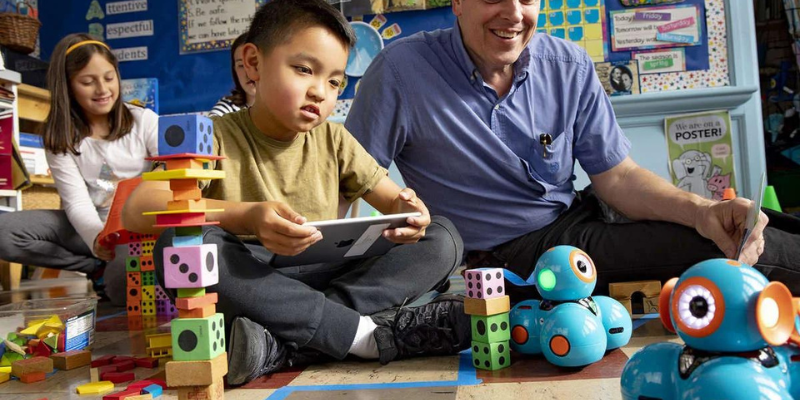
The fun side of Dash Robot programming.
The Dash Robot can take on different personalities, which students can choose to deploy using the apps. No matter what, though, the Dash wakes up with a signature phrase, "Howdy-doo!" It also communicates with students directly, responding to voice or sound—and making playful comments. The Dash provides a highly interactive coding experience, even allowing students to add various snap-on accessories, like their Launcher, Xylophone, or Sketch Kit. With this Launcher, they can learn about physics and engineering as they turn the Dash into a projectile-firing machine. Or, kids can attach markers to the Dash with the Sketch Kit and direct it to draw or write, incorporating art and communication concepts into STEAM learning.
The Dash Robot education packs.
The Dash is available as a single unit and various classroom packs for computer science implementation throughout schools or districts. As far as compatibility, the Dash works with most iOS and Android devices and connects to its various apps via Bluetooth. The single-unit Dash comes with the robot, charging cable, and connector blocks for building structures onto the Dash. From a hardware standpoint, your robots also feature various internal and external sensors so that it's completely aware of its environment. It's also very durable, which significantly reduces the likelihood it sustains damage (although we still won’t recommend being careless). To order a Dash Robot and empower students to go further with programming, grab one from our store!
databot Robot 2.0: Sensors, Coding, and More
A big part of coding education is starting in that right place and ensuring students progress by using tools that align with their skill sets. Now that we've covered how to introduce kids to coding at a young age and provided suggestions for the best coding robots at different grade levels, let's finish up with something for high school students. The databot 2.0 is, at its core, an extremely capable robot. It does differ from these other four programmable robots on this list, however, due to one simple feature. While still programmable, the databot 2.0 does not move. This means students are unable to program it to travel to different places or complete robot mazes in their classrooms. What they can do with it, however, helps make the databot one of the most capable school robotics solutions.
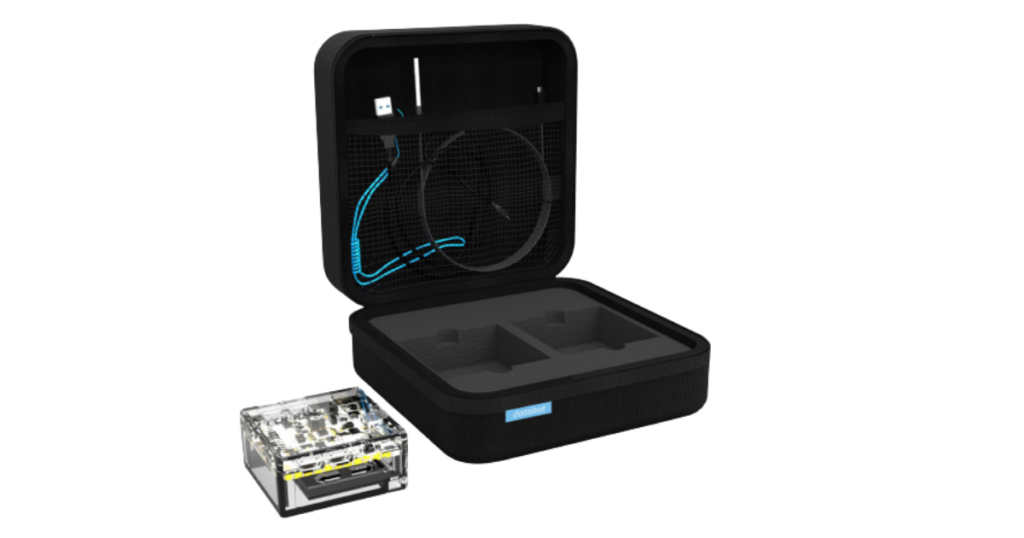
The extensive set of databot sensors.
The databot 2.0 is shaped like a flat cube that students can hold right in the palms of their hands. Despite its compact size, it has 16 built-in sensors, allowing students to capture real-world data from their learning environment. They can use the databot 2.0 in the classroom, outside, or even at home. Among the databot 2.0's large list of built-in sensors are a CO2 sensor, air pressure sensor, altitude sensor, magnetism sensor, ambient light sensor, UV sensor, sound sensor, and more. It also has proximity sensors, a gyroscope, and an external temperature probe. With all these sensors, the databot 2.0 is an excellent addition for school CTE programs, and the real-world connections students can make are second to none.
Data analysis with databot 2.0.
For those new to the databot 2.0, students can capture real-time data using an app that's unique to this robot. Known as Vizeey, it pairs easily with the robot and a range of mobile devices. With the Vizeey app and the databot, students can stream and explore the data the databot collects in real time. Since it has such an array of sensors, the opportunities for using the databot in any classroom are certainly extensive. Along with data collection, students can also use it to program with Scratch, Python, or the Arduino IDE.
With the databot 2.0 kits (single, 2-pack, or 10-pack), educators also receive full access to the databot 2.0 curriculum library, which helps make it easy to find relevant classroom STEM projects for students. They can also contribute their own activities, though there are plenty of available projects already. Students can analyze the differences between natural and artificial light, study patterns in music, or explore the physics of throwing a football. To explore the databot Robot 2.0 more, visit our store.
Getting the best classroom robots
For more on the top classroom robotics tools, explore the rest of the content from our blog and check out the robotics section of our store. As always, our team is happy to provide consultation in your search for the best coding robots for your classroom. Please feel free to reach out to us anytime or give us a call to get started. For all EdTech, STEM, and 21st century education news, follow us on Twitter and Instagram. Like us on Facebook, too, or sign up for our newsletter for new product announcements and offerings.



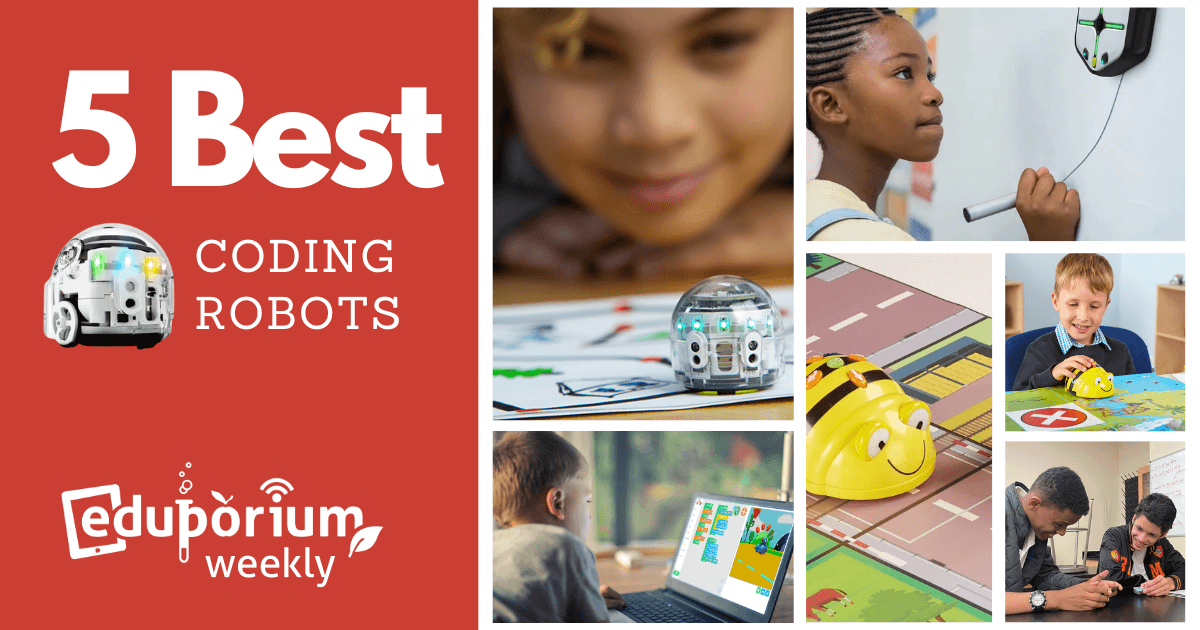
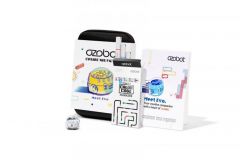
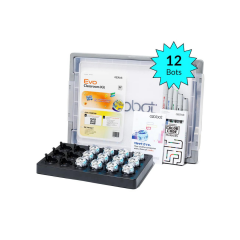
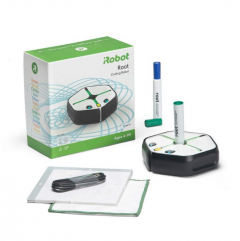
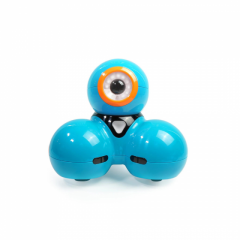
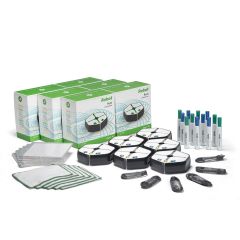
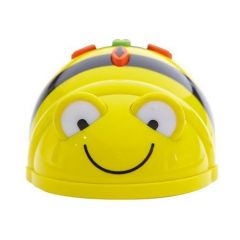
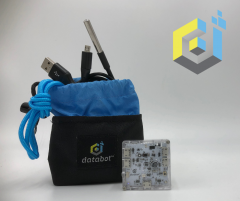
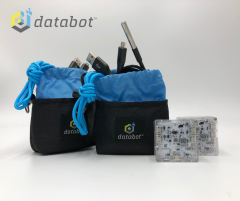
A brochure on kits would come handy too.
practical works are essential too.......
I love your concept we look forward to more on coding and robotics.......
Having a day care center, children are from 3months to 5years.
I want to introduce this in 2023 for age 4 and five years, I see it will help kids so much.
I'm staying in Limpopo province at Lebowakgomo it is semi urban area.
Please help me.
The name of the centre is YAHWEH EDUCARE CENTRE
MY NAME IS JOYCE RAMABULANA (Principal)
I will appreciate.
Thanks